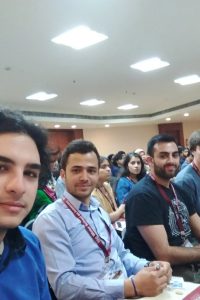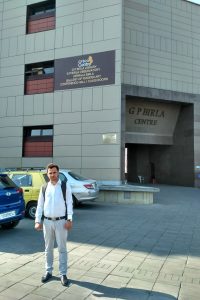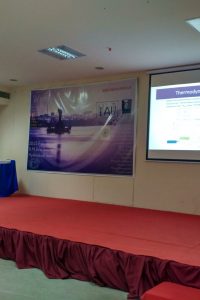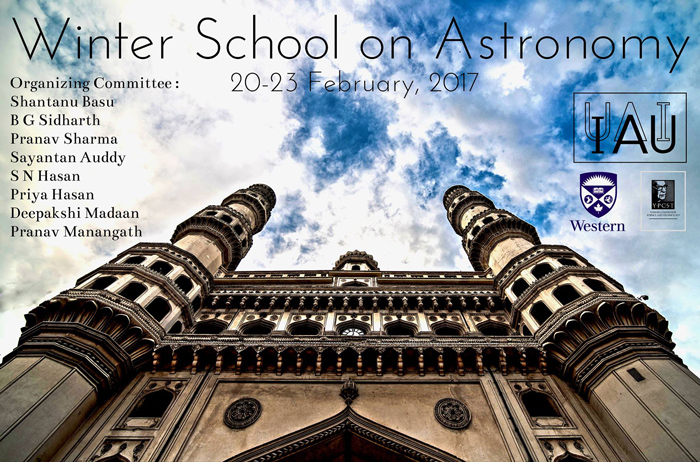Abstract
An EMF (electromagnetic field) is induced over an incremental area when magnetized plasma from sun interacts with the Earth’s magnetic field. This phenomenon delivers a Geomagnetically Induced Current (GIC) or induces geo-electric field at the Earth’s surface and in the ground. GIC and horizontal component of geomagnetic field have been studied with respect to various geomagnetic events. Particularly, we have studied four events. The first one is geomagnetically quiet period (5 October 2003), the second one is weak storm (21 October 2003), the third one is moderate storm (14 October 2003) and the last one is an intense storm (30 October 2003). By comparing the development of GIC during geomagnetic storms, we found that intense geomagnetic storms show higher development on GIC magnitude. The GIC during storm events is several times greater than that during the quiet day. AE index shows more activity in the event of 30th October than other events and GIC is also more in this event. This can be accounted to the greater geomagnetic disturbance in this case. The power ranges of higher intensity are seen at various time scales on different events. We have analysed GIC signal associated with four geomagnetic storms and found distinct periodicities at the time when H component highly perturbed. The characteristic of GIC signal demonstrates high variability with time without presence of continuous periodicities. Discrete wavelet transform (DWT) analysis reveals that whenever the geomagnetic field is perturbed, there will be high possibility of detecting GIC. The singularities present in GIC signal are due to the peak value of electrical currents system in the ionosphere and magnetosphere, and corresponding high fluctuations in H component. In this work, we explore the remarkable ability of wavelets to highlight the singularities associated with discontinuities present in the GIC.
Further reading at:
https://www.sciencedirect.com/science/article/abs/pii/S1364682617303851?via%3Dihub





